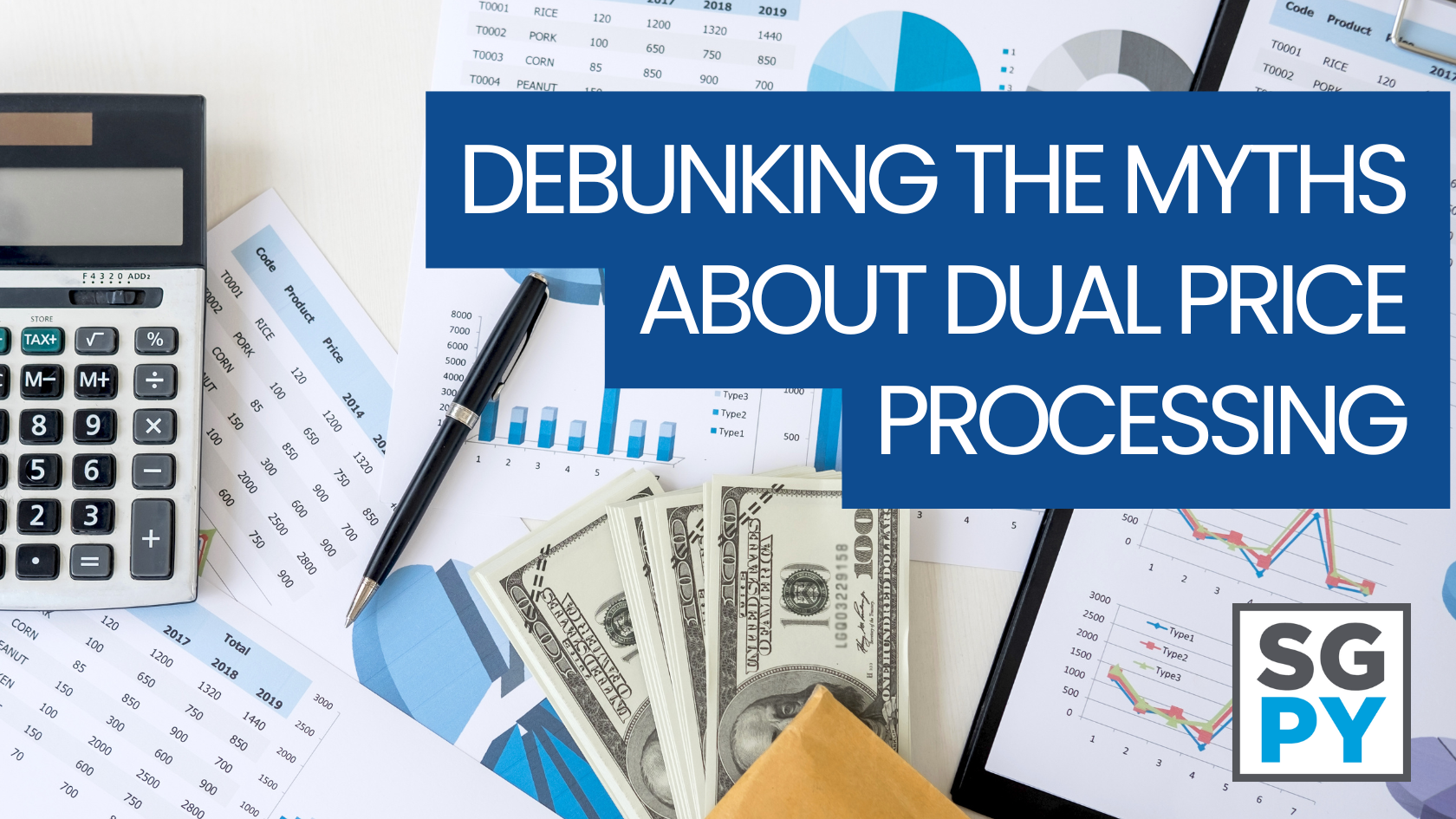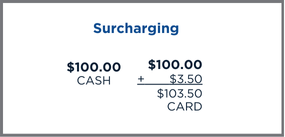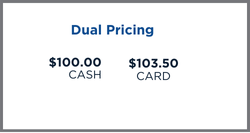Myth: I Will Lose Money on Debit Transactions
Some believe that a cash price must be applied to debit transactions, costing the merchant money. In reality, with a dual pricing model, the treatment of debit transactions can vary depending on the business’s policies and the payment processor’s setup. Generally, businesses have several options:
- Standard Price (Same as Credit Card): Some merchants treat debit transactions the same as credit card transactions, applying the higher, standard price. This simplifies the pricing model but does not incentivize debit card use.
- Cash Price: Alternatively, merchants may offer the same cash discount to customers who use a debit card. This can encourage debit card use, which often incurs lower processing fees than credit cards.
- Hybrid Approach: Some businesses adopt a hybrid approach, where debit transactions incur a smaller fee than credit cards but still benefit from a partial discount compared to cash payments. This recognizes the lower cost of processing debit transactions while still distinguishing them from cash transactions.
Regardless of the chosen approach, it is crucial to clearly communicate how debit card transactions are treated within the dual pricing model. Signage, verbal explanations, and clear receipts can help ensure customers understand the pricing structure. This treatment should be consistent in both card-present and card-not-present situations. Ultimately, the handling of debit transactions in a dual pricing model should align with the business’s goals, customer expectations, and compliance with legal and card network requirements.
Myth #6: Only Small Businesses Use It
Dual pricing is beneficial for businesses of all sizes, not just small ones. Larger enterprises, franchises, and wholesale businesses can also reduce their processing costs and offer more payment flexibility to customers. Recent years have seen a rapid increase in the adoption of dual pricing by large businesses as they strive to combat inflation and reduce costs.
Myth #7: It’s Difficult to Communicate to Customers
Proper signage and staff training can effectively communicate the dual pricing model. Clear explanations and visible pricing help ensure customers are informed and understand their options.
Myth #8: It’s a New and Unproven Concept
Dual pricing has been used successfully by various types of businesses for years. It is a well-established practice that helps merchants manage costs while providing value to customers.
Conclusion
Dual pricing is a powerful tool for merchants looking to manage credit card processing fees while offering customers more payment flexibility. By debunking common myths, it becomes clear that dual pricing is legal, distinct from surcharging, and well-received by customers when communicated transparently. It’s not overly complicated to implement, doesn’t require showing two prices on all merchandise, and offers flexible options for handling debit transactions. Businesses of all sizes can benefit from dual pricing, and with proper communication and training, it can be seamlessly integrated into existing operations. Far from being a new or unproven concept, dual pricing has a track record of success, helping merchants reduce costs and enhance customer satisfaction. Embracing dual pricing can lead to significant savings and a more transparent, customer-friendly pricing strategy.



